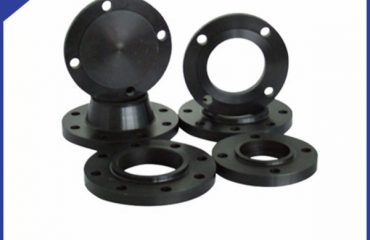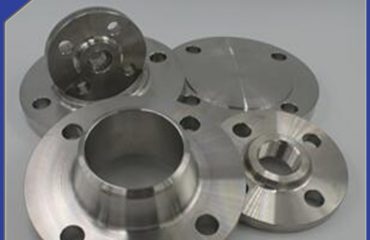
The process analysis of the socket and the determination of the process plan are based on the geometrical shape and the process characteristic of the socket. Die structure design, especially the design of the die working parts, depends on the shape of the socket.
The inner wall of the socket pipe fitting often produces certain corruption, and it should be well inspected and governed to ensure the good application characteristics and value of the socket, and it is applied and popularized according to the accurate method and way. After decay, it is usually expressed as the tube wall of the socket pipe fitting thinning, showing the local pits and pitting. When the socket is corrupted, it must be disposed and treated in accordance with certain methods and ways, so as to ensure that the application of the socket can be applied in accordance with certain principles. The working part of the mould of the socket, such as the mold cavity is designed according to the shape of the product part. The first step of the mould CAD/CAM is to input the shape information of the product parts, and to build the geometrical model of the product parts within the computer. The mould CAD/CAM involves in determining the process plan, designing the mould structure and compiling the NC program.
In the design of die structure, according to the geometrical model of the geometrical modeling system, the design of concave model cavity and convex die shape can be completed, and the mold surface produced is the basis for the mold processing. In addition to the work part shape design, the mold part shape design also must use the geometry modelling technology. The processing procedure is programmed to determine the path of the machining tool, and the geometrical model of the die part must be established. Therefore, geometric modeling is a key problem of CAD/CAM, and is the basis of CAD/CAM.
 Language
Language Espanol
Espanol English
English Italian
Italian عربى
عربى
 Skype: chinamaker99
Skype: chinamaker99  Tel: 86-316-5120812
Tel: 86-316-5120812 Email:
Email:  Whatsapp:
Whatsapp: 
